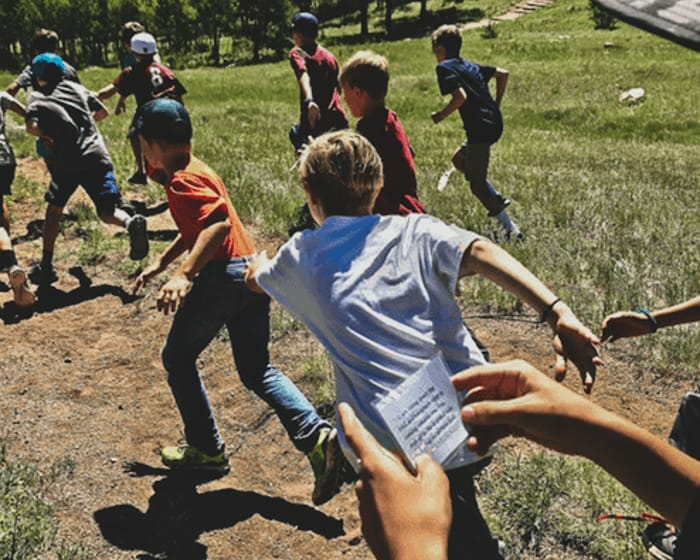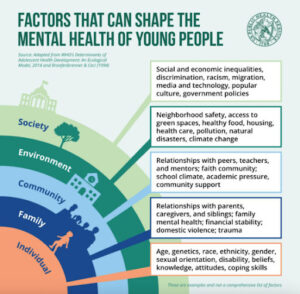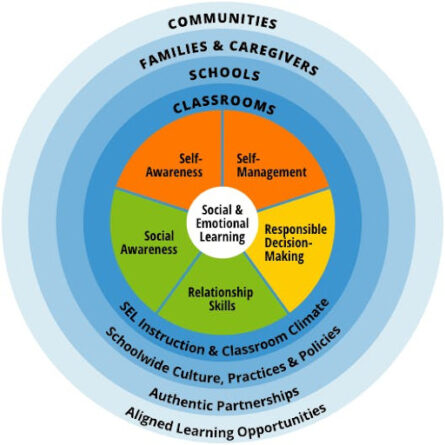News & Updates
Planning Considerations for Youth Mental Health in the Outdoors


Note: this articles ties into a series Leave No Trace is working on with Mental Health Colorado. A link to a webinar on well-being and nature, presented by Dr. Vincent Atchity, will be linked here once uploaded.
Youth mental health challenges have been on the rise in recent years, so much so that, in 2021, the U.S. Surgeon General put out an advisory titled “Protecting Youth Mental Health.” The good news is that we know through various studies that nature positively impacts our well-being, both for children and adults alike. Therefore, if we are able to provide opportunities for youth to spend time outdoors, we are able to help provide at least some form of comfort for young people who may be facing mental health challenges. Here are some tips for helping to plan a trip outdoors with a focus on mental health:
1. Remember that mental health is as important as physical health.
For most youth-serving programs, a first aid and CPR class are mandatory certifications. Consider adding a Mental Health First Aid class as a requirement as well, or finding and taking one as an individual. Many course providers have specific courses for those who regularly work with youth. Whenever we are taking youth outdoors, safety is our number one priority, and this should extend to include the mental health of participants as well. Taking a Mental Health First Aid class will make you more prepared if any sort of mental health emergency arises on your trip.

2. Create an environment that is welcoming, safe, and affirming for ALL of your participants.
According to the Surgeon General’s Advisory, groups at higher risk of mental health challenges during the pandemic included youth with intellectual and developmental disabilities, racial and ethnic minority youth, LQBTQ+ youth, low-income youth, youth in rural areas, youth in immigrant households, and special youth populations (including youth involved with the juvenile justice, or child welfare systems, as well as runaway youth and youth experiencing homelessness). Try and get as much background information as possible about your participants before the outing, including any accommodations that may be needed. Use this to try and create as inclusive and safe of a space as possible for your group and to choose outdoor activity(s) that your whole group can take part in. The Avarna Group’s Inclusion Tips for Outdoor Program Staff can be a great starting point.
3. Consider including elements of social and emotional learning into your outdoor outings.
Defined by CASEL, social and emotional learning (SEL), is “the process through which all young people and adults acquire and apply the knowledge, skills, and attitudes to develop healthy identities, manage emotions and achieve personal and collective goals, feel and show empathy for others, establish and maintain supportive relationships, and make responsible and caring decisions.” As community-focused organizations, outdoor programs have the opportunity to further support youth participants in their social and emotional growth. Research has shown that this brings about positive outcomes for young people, adults, and communities alike. The outdoors and stewardship education can provide a perfect setting for this important learning to take place.

Let’s protect and enjoy our natural world together
Get the latest in Leave No Trace eNews in your inbox so you can stay informed and involved.
